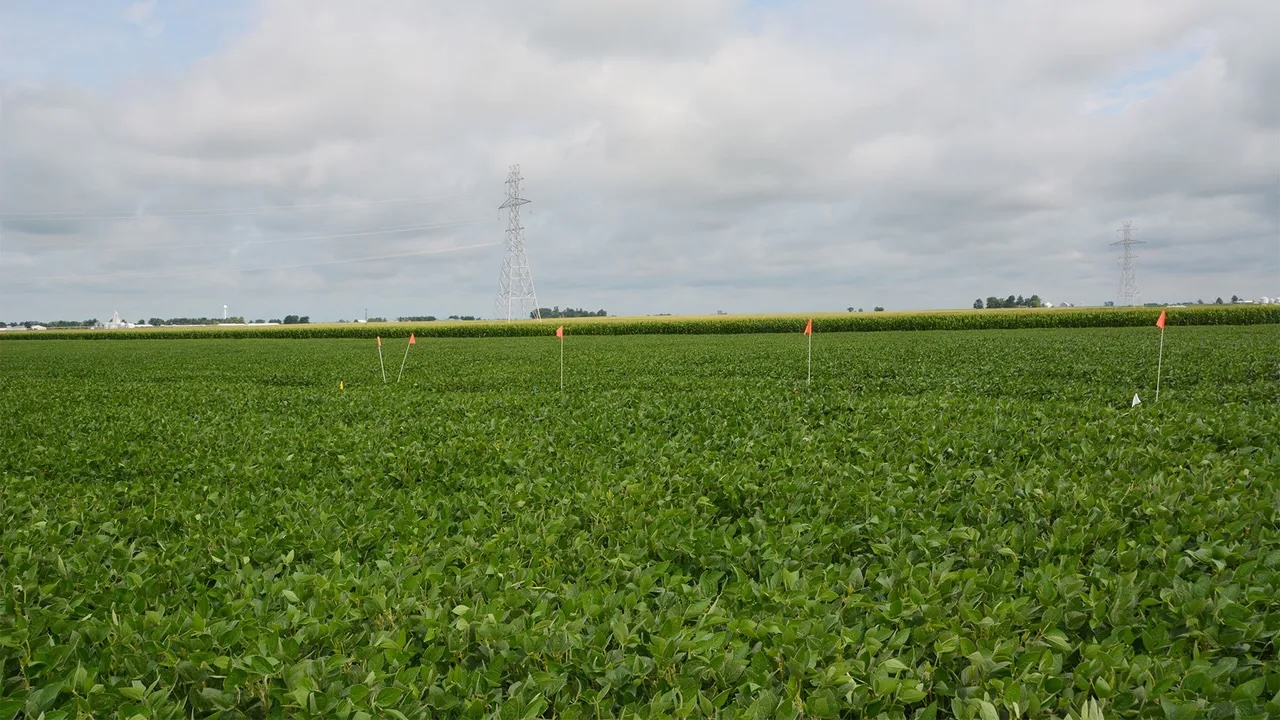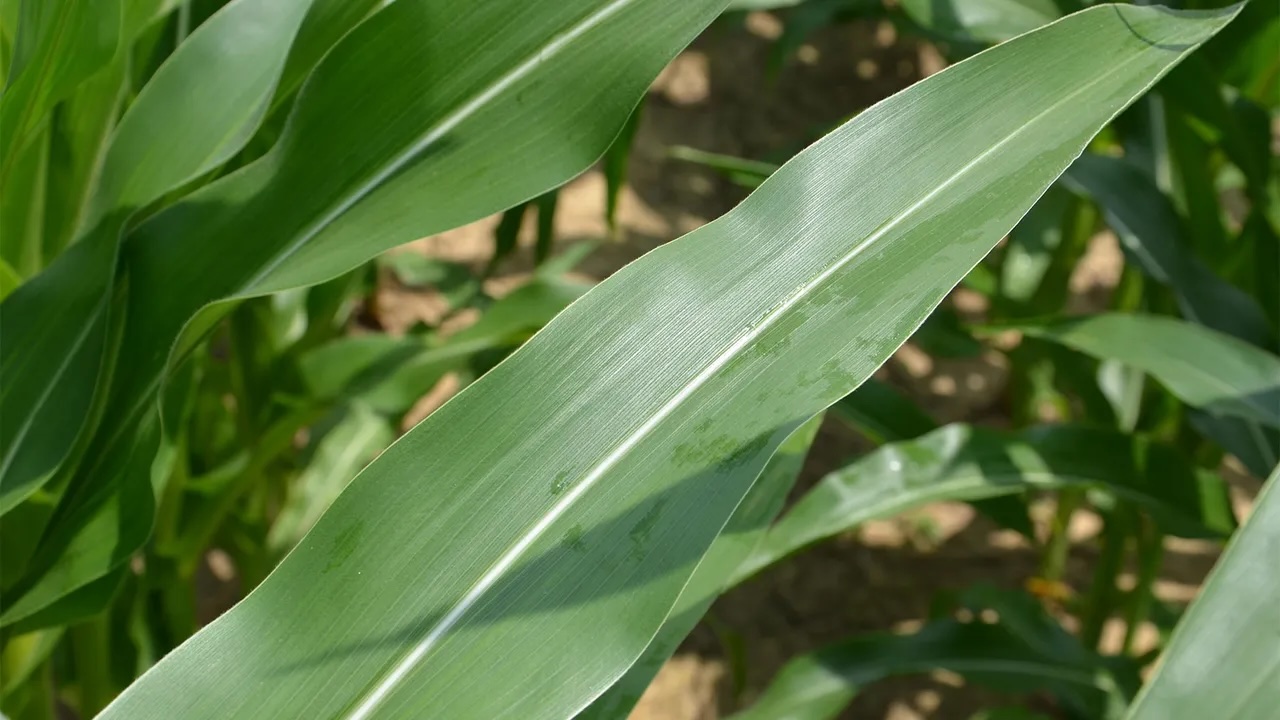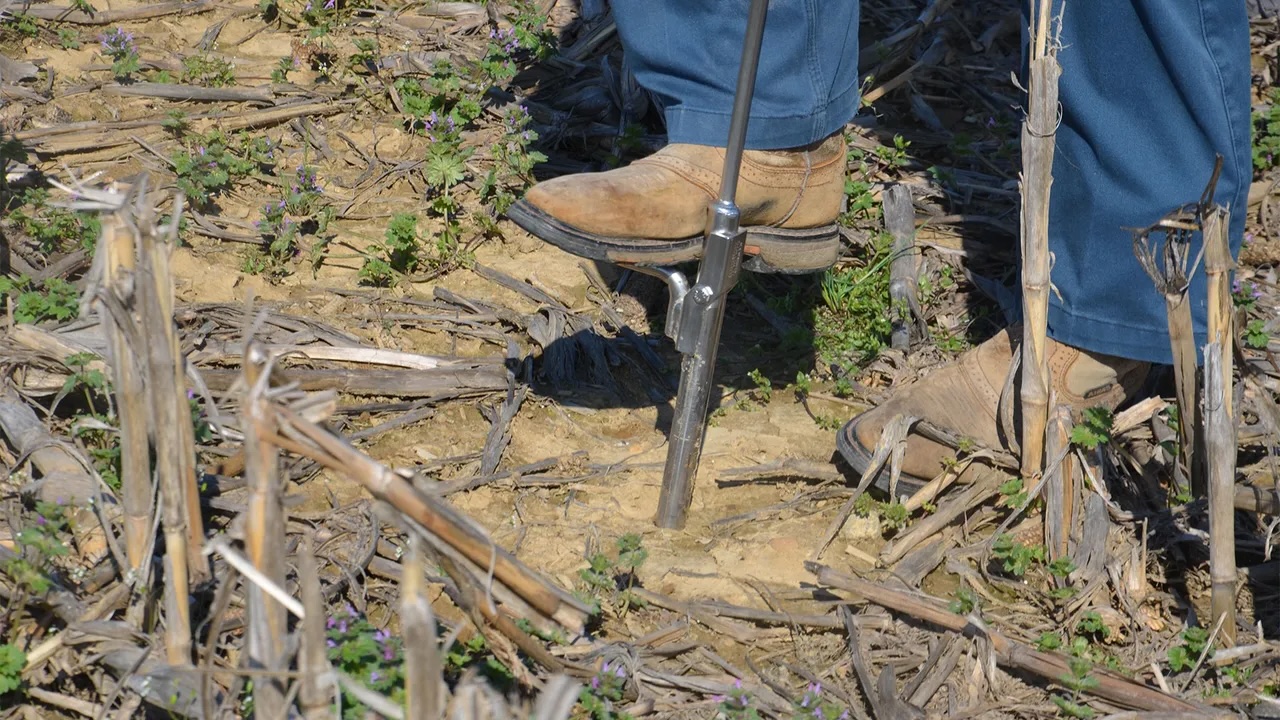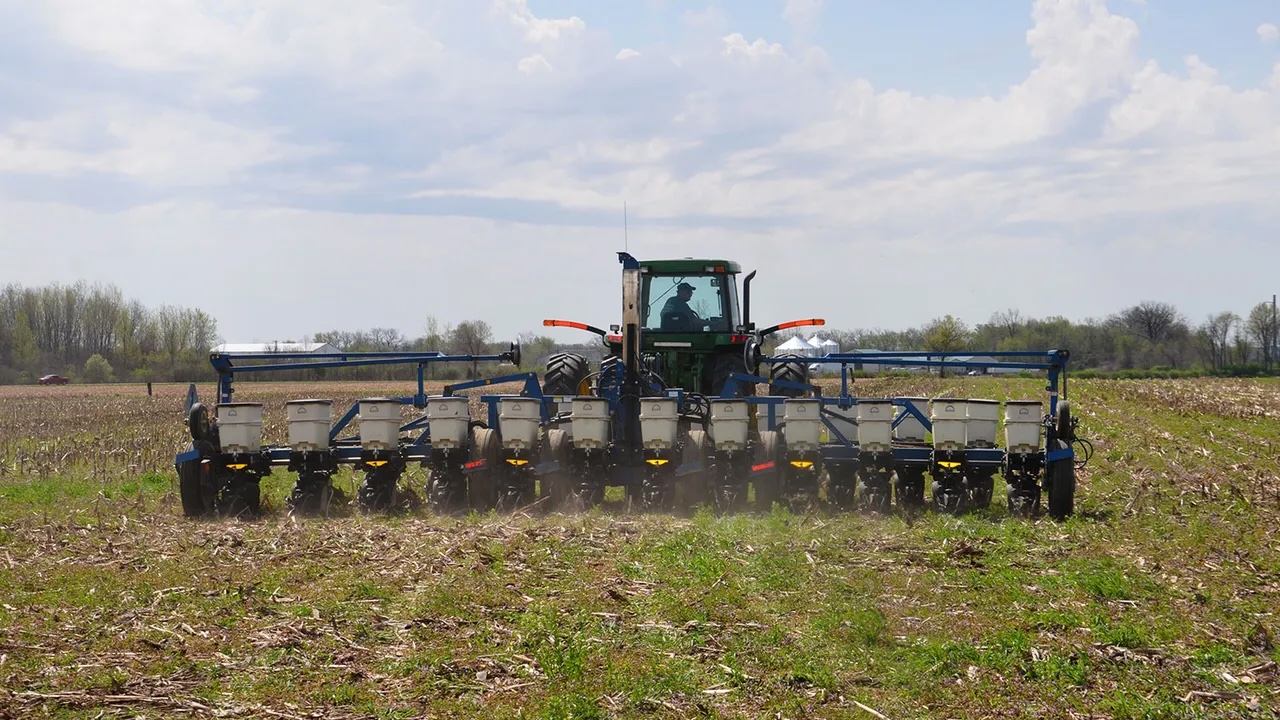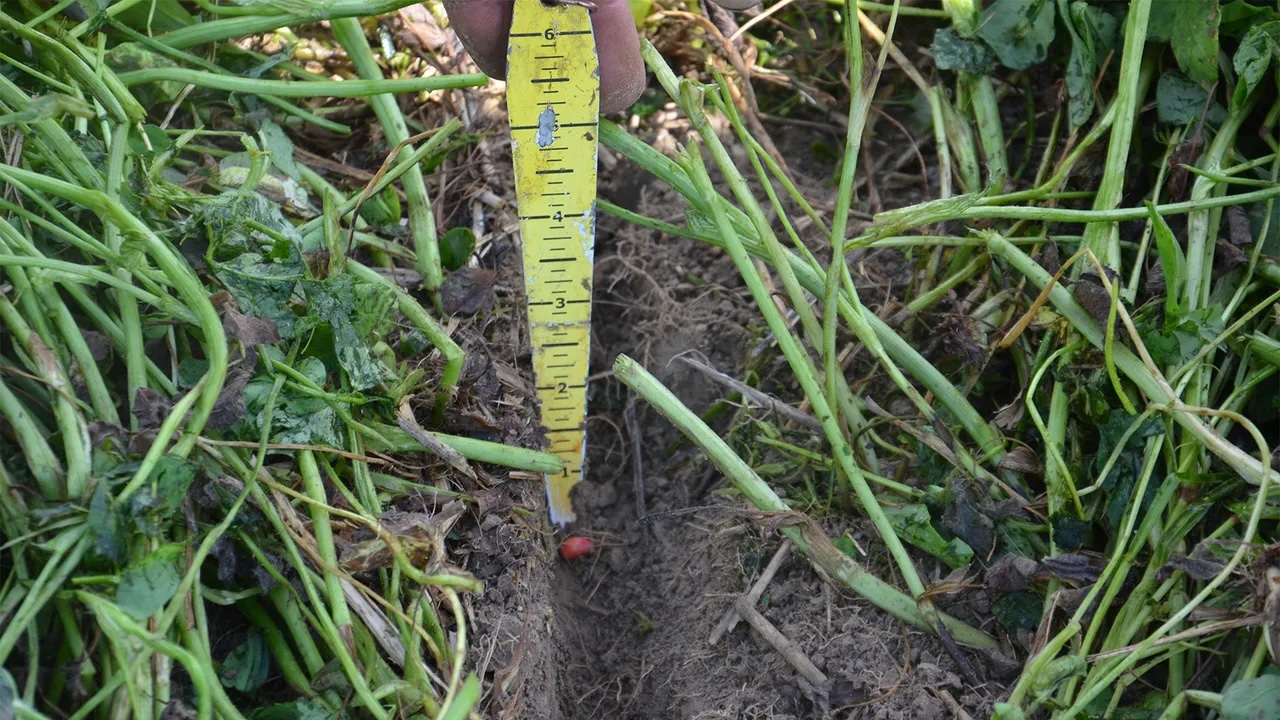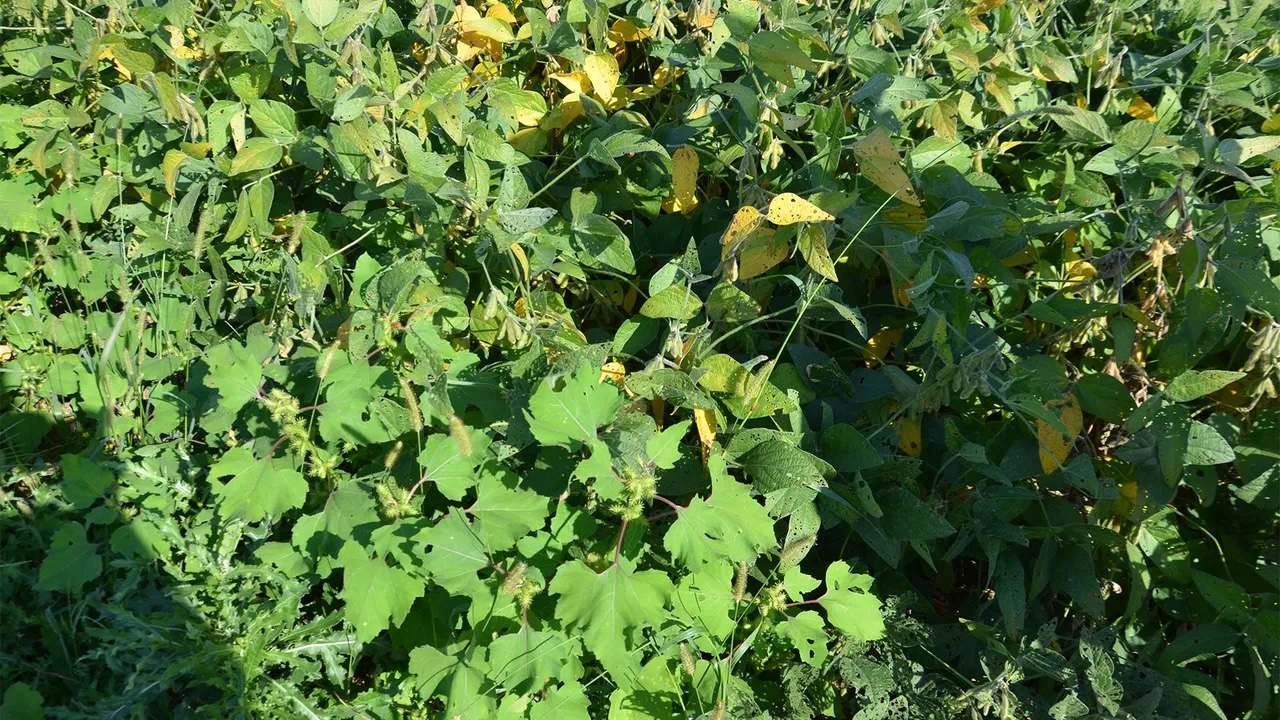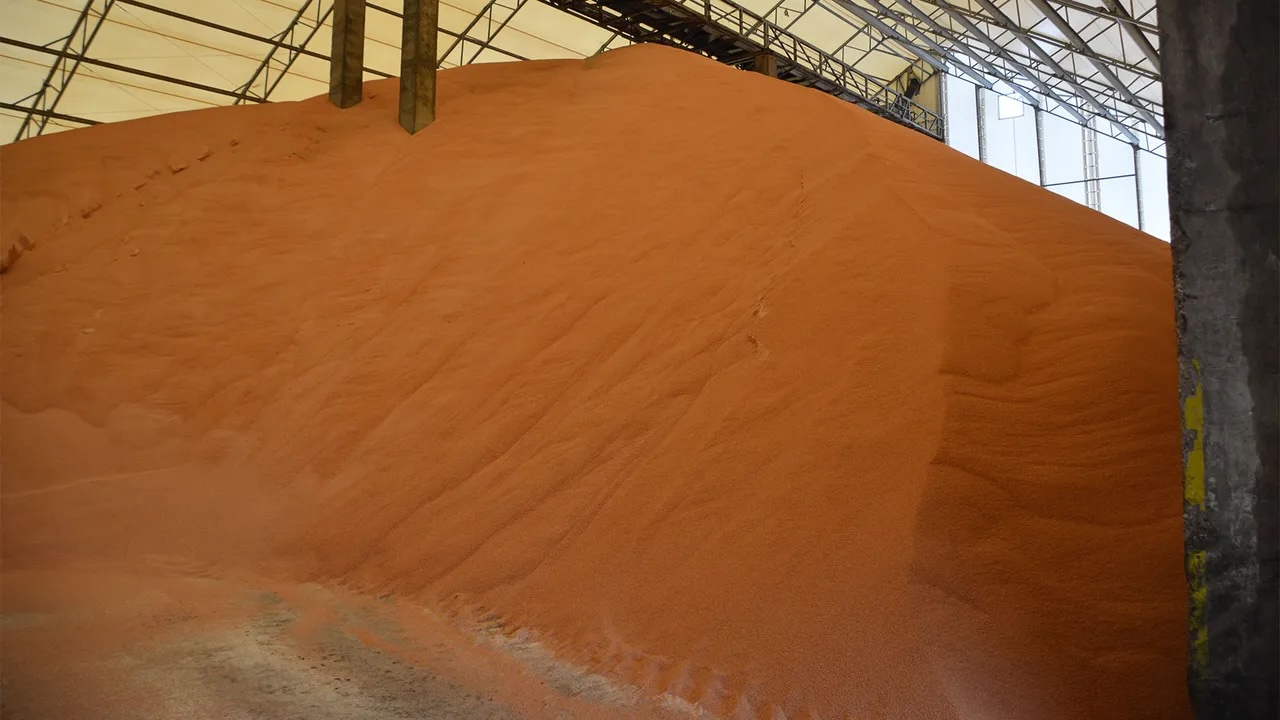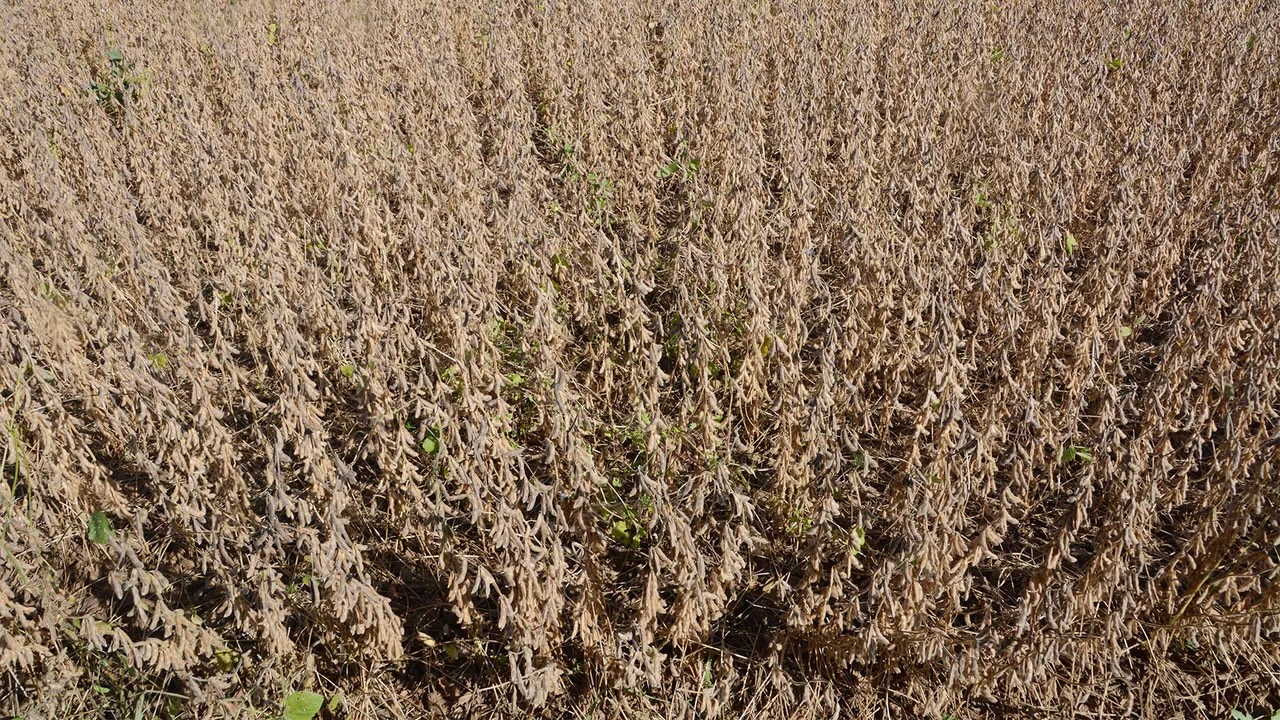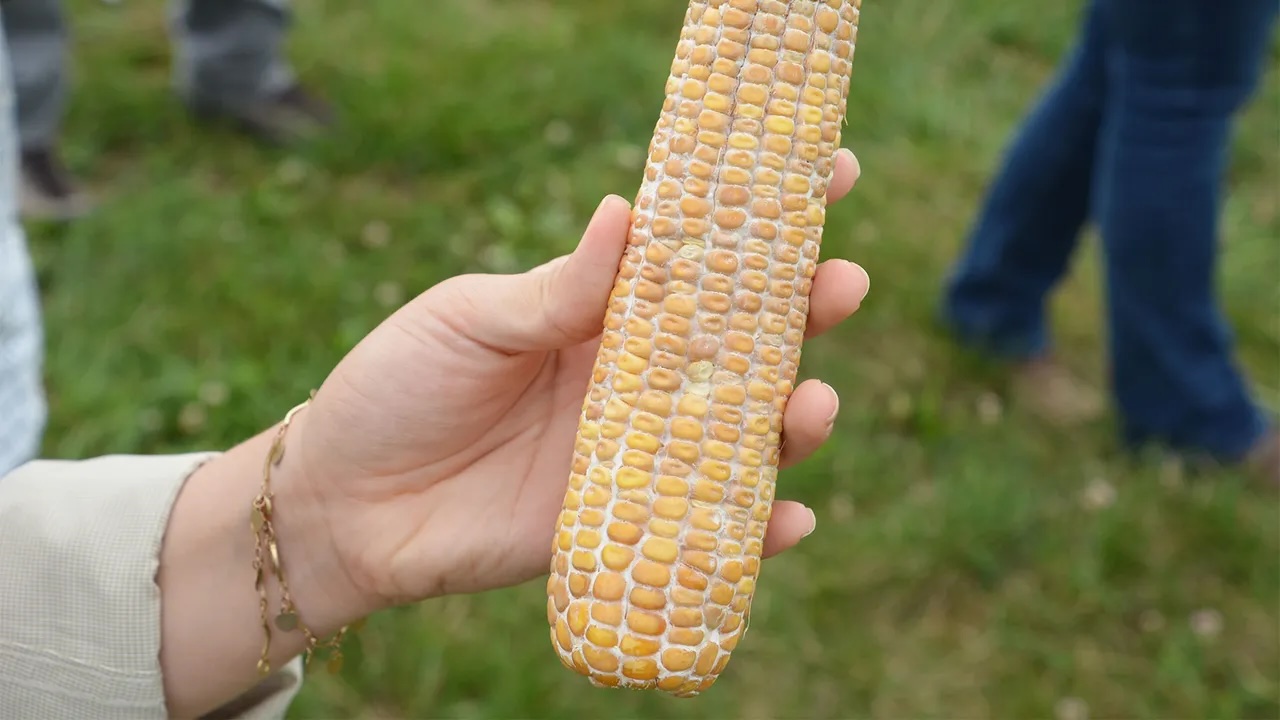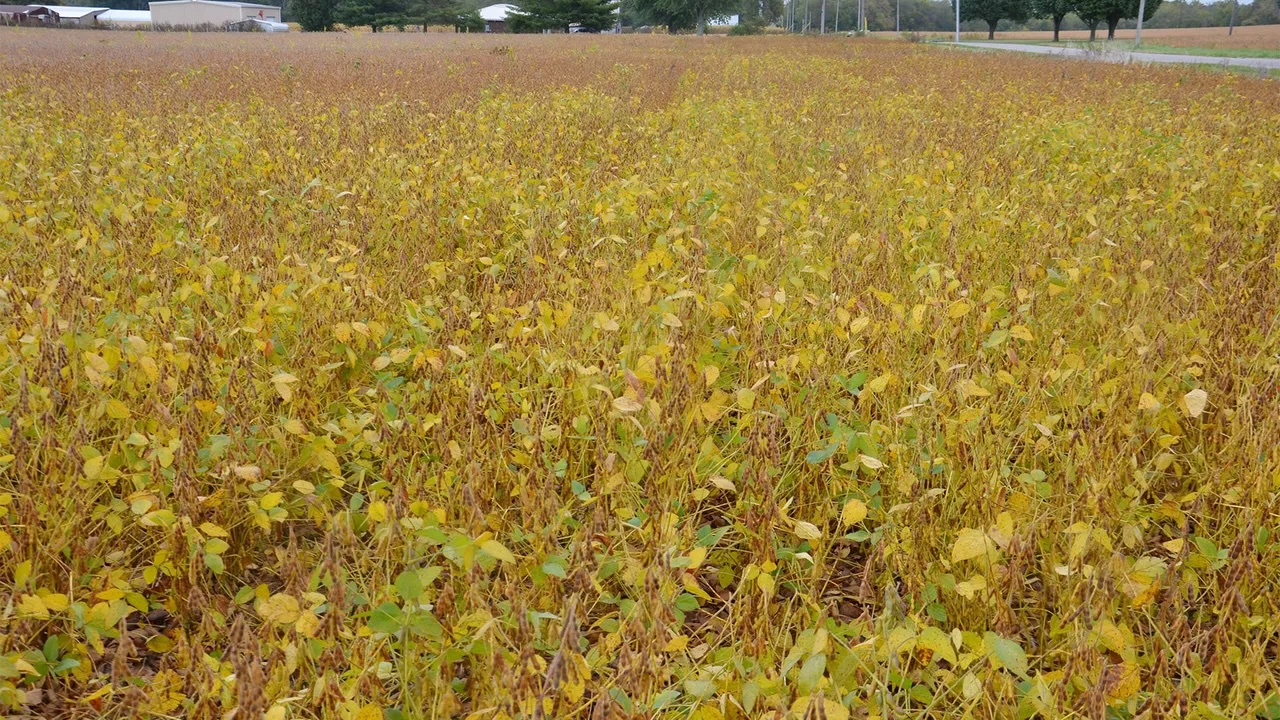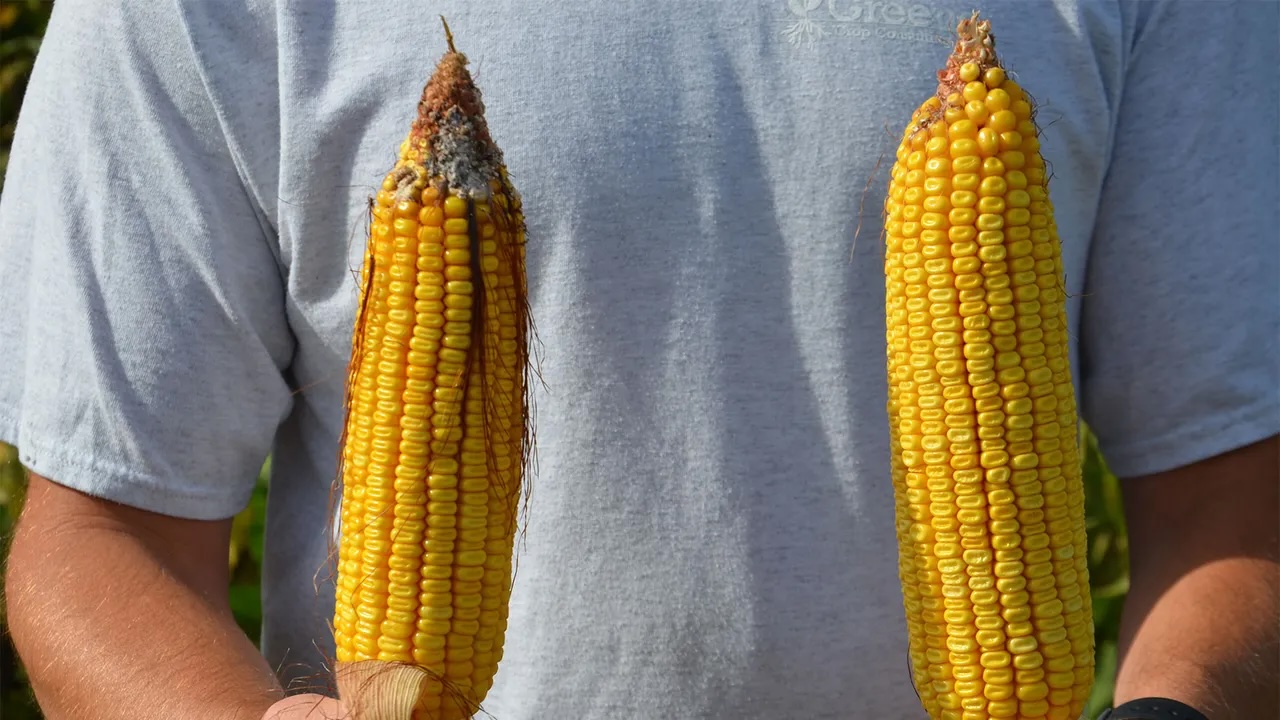Several factors influence soybean seeding rate
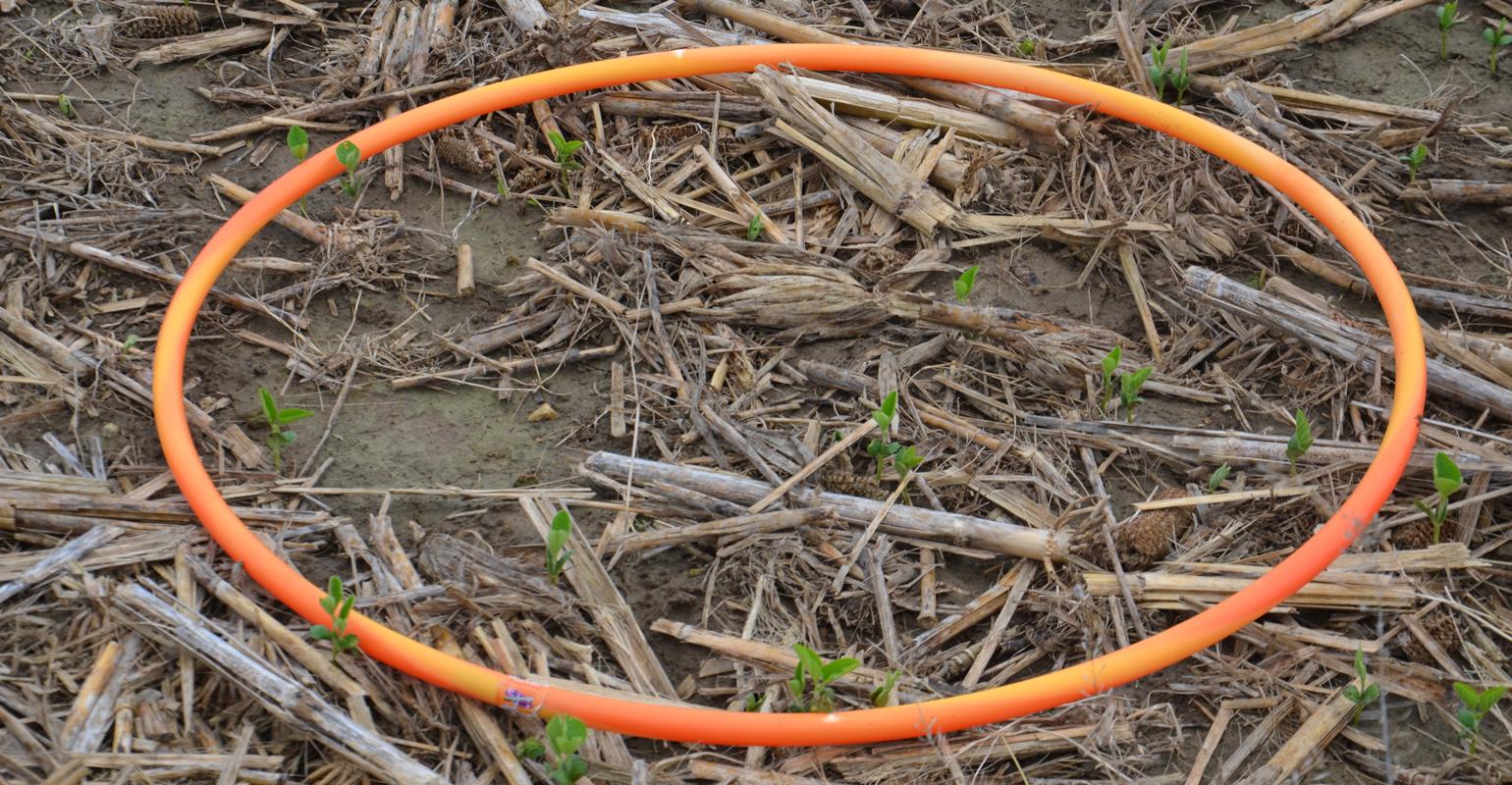
Soybean Corner: Consider planting date, weather forecast and seed germination rate.
Jan 29, 2020
I backed down my soybean seeding rate to 150,000 in 15-inch, split-row beans in 2019. My seedsman says I could save more by cutting to 130,000. He’s also telling me to begin planting beans April 20 instead of May 10. Is it wise to do both this year? If not, which should I try?
The Indiana certified crop adviser panel answering this question includes Gene Flaningam, Flaningam Ag Consulting, Vincennes; Greg Kneubuhler, G&K Concepts Inc., Harlan; and Bryan Overstreet, Jasper County Extension ag educator.
Flaningam: On-farm research has indicated that decreasing seeding rates below 150,000 has no negative effect on yield when timely planted. I think the key is “timely planted.” Early-planted soybeans will consistently outyield later-planted soybeans. If we can get soybeans into the reproductive stage by the middle of June, we have more intensive sunlight and longer days. This allows the plant to gather more energy from the sun and produce photosynthesis. Thus, we are producing seed during optimal sunlight and allowing for optimal seed development and yield potential.
Optimal seeding dates will vary within the state. I would suggest planting your soybeans at the same time or before you plant your corn acres.
Kneubuhler: We have done seeding prescriptions for over a decade now, and lower seeding rates continually prove to us they are correct in our tests. Row spacing can definitely drive rates as well, depending on whether you’re in 15-, 30-, 20- or even solid 7.5-inch rows.
In terms of 15-inch in the case of this question, rates around 150,000 or less have been very close to yield curve breaks in our tests. One thing to keep in mind is germination on your soybeans so you can understand what your final stand may be. Don’t cut seeding rates only to find out your germination is 80% and you’re surprised to see a thin stand.
To mitigate risk, be smart about conditions and forecast. I would be leery to drop to 130,000 or less in 15-inch rows planting April 20 due to the risk of Mother Nature. If we plant early and expect to deal with Mother Nature’s risks, I would compensate with a 10% to 15% higher rate.
In summary, be smart with what you’re doing, and be confident that lower rates generally prevail in soybeans.
Overstreet: Research has shown that populations at or over 120,000 do not see an increase in yield in narrow-row beans with proper conditions at planting time. With that said, look at germination rate of your seed. The 120,000 represents plants, not seeds. If your seed has a 90% germination rate, you would need 134,000 seeds planted to reach that 120,000 plants to reach your optimum yields.
In terms of planting date, what part of Indiana are you in? From my research and experience in northern Indiana, I would look at my planting conditions and weather the next week if you’re planting on April 20. If the conditions are good and there isn’t any cold weather in the forecast, I would plant soybeans. If you’re in southern Indiana, I would be planting if conditions are good. When planting early, you may have more risk due to cool, wet soils. Consider putting a fungicide treatment on these plantings.


